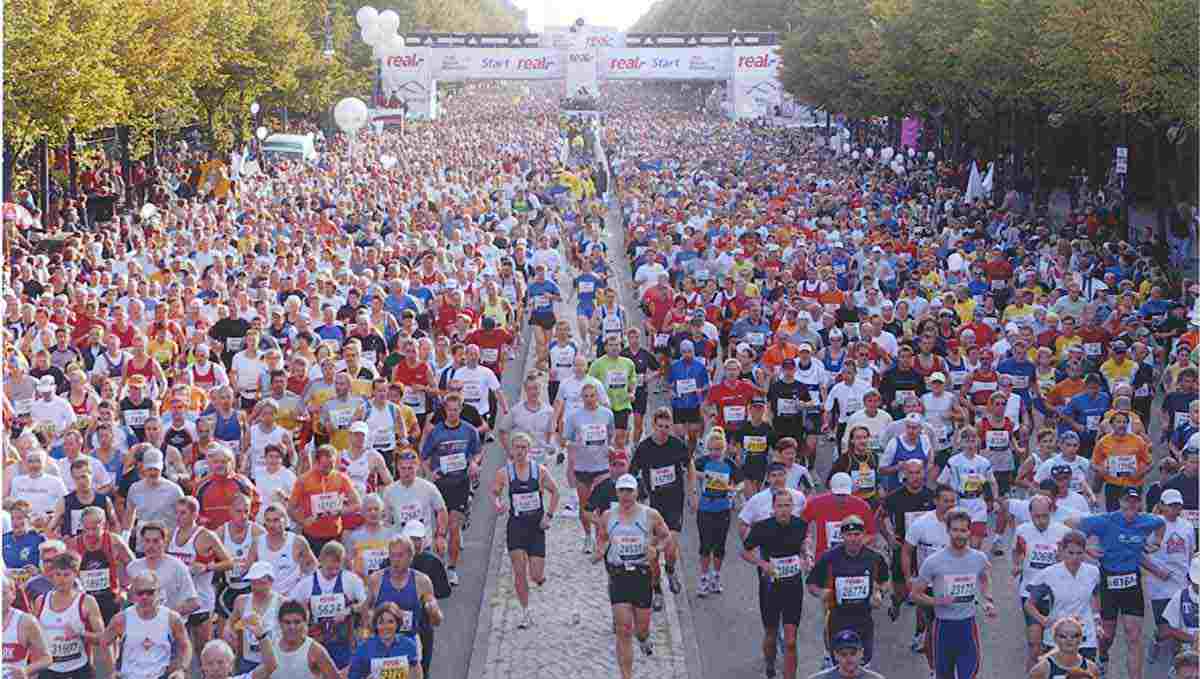The knee cap is a mobile bone that is completely encapsulated in a thick tendon sheath. At the top, this tendon connects to the large quadriceps muscle that lies on the front of the thigh while at the bottom the tendon connects to the front of the tibia or shinbone.
Repeated stress on the tendon while running may cause microscopic tears within the structure. Swelling then occurs as the body tries to heal itself and pain is perceived. Continuing to run through the pain can cause new tears and exacerbate the old ones leading to a chronic and difficult-to-heal phase called tendinopathy.
There are several factors that contribute to the development of patellar tendinitis. The use of inappropriate footwear and the surface being run on can both contribute to the development of patellar tendinitis. Training errors are also important and can be summed up by the rule of “toos”. This refers to training too much, too far, too fast or too long. Advancing the training schedule forward too quickly is a major cause of patellar tendinitis.
Muscle strength imbalance as well as structural issues such as flat feet or knee joint laxity may also play a role in the development of this injury.
Pain from patellar tendinitis is almost always felt below the knee cap at the top of the shin. Pain is worst with bending the knee or kneeling.
Treatment of this condition is three-pronged and is aimed at 1) decreasing inflammation 2) allowing time for adequate healing and 3) alleviating whatever factors led to the problem in the first place.
To decrease inflammation, non-steroidal anti-inflammatory (NSAIDs) medications such as ibuprofen are quite effective. In addition, frequent applications of ice to the affected are may also be helpful. While a complete cessation of activity may not be necessary, it is important to refrain from any activities that exacerbate the pain. In mild cases, running at low intensity for short durations may be possible but for many this is not the case. To ensure adequate healing, rest and recovery should take place until the joint is pain free. During this period and immediately thereafter, strengthening exercises of the quadriceps and the ankle are beneficial to prevent recurrence and are to be encouraged. Finally, it is important to address any issues related to footwear, arch support and the training program in order to prevent patellar tendinitis from coming back.
Via Competitor Running
